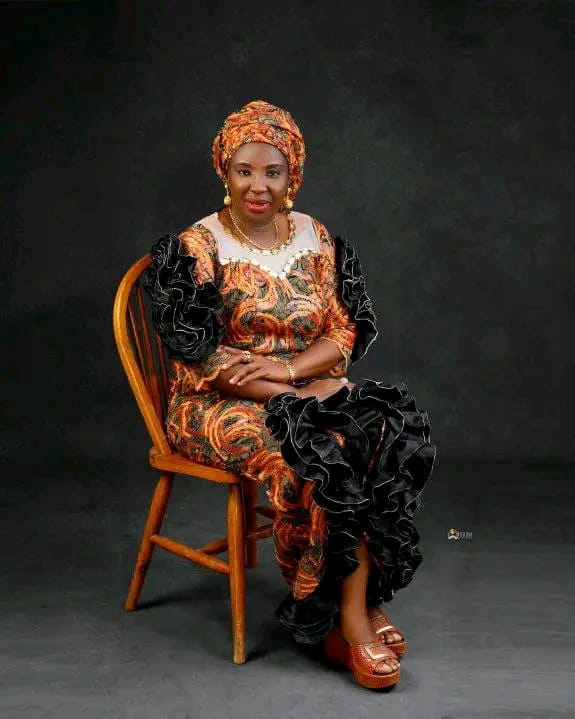By Yusuf Bakare
From the onset of creation, there has been a noticeable imbalance between the male and female genders, which society often overlooks. The girl child seems more vulnerable and is unjustifiably treated as a second fiddle in arrangements, if not neglected at times. There are cases where they are often referred to as the weaker sex, undermining their capabilities, intelligence, and potentials.
All these issues are addressed in a book aimed at creating awareness about the need for gender equality, as emphasized by Dr. Zainab Balogun, an expert in gender studies and a renowned human rights advocate. In her book, “Safeguarding The Girl Child,” she analyzes the various dimensions and magnitude of these social vices and their impact on the girl child.

According to Dr. Balogun, “These societal vices are deeply ingrained practices, beliefs, or behaviors that are harmful to individuals or groups within a society, often perpetuating injustice, inequality, or oppression.”
Vices against the female gender manifest in various forms, including but not limited to:
- Gender-based discrimination and inequality
- Child marriage and forced unions
- Female genital mutilation/cutting (FGM/C)
- Lack of access to education
- Sexual exploitation and human trafficking
- Domestic violence and abuse
- Workplace discrimination and unequal pay
- Limited political representation and decision-making power
- Restrictive social norms and expectations
- Inadequate healthcare and reproductive rights
The girl child’s influence in society becomes an issue of concern to some, just like the writer of this book. Some global moves, such as internationally coordinated efforts to end gender imbalance, especially the issue of abuse against the girl child, are noteworthy. The United Nations’ action plan for gender inclusiveness and rights advocacy is a step in the right direction.
To right-thinking intellectuals, it is observed that even society suffers from the lack of expected inputs from the female gender, understanding the fact that it takes both genders to brainstorm, discuss, and pave the way for a better world.
This book seeks to put an end to the belief system that encourages the stigma attached to victims of rape and abuse. For instance, it encourages the reporting and seeking of help and prescribes punitive measures against perpetrators who act with impunity.
The book also encourages parents to play a pivotal role in safeguarding their daughters from abuse and exploitation by opening doors of communication, educating them about body autonomy, and creating a secure environment where girls feel comfortable reporting inappropriate behavior.
Furthermore, the book highlights the roles of relevant stakeholders, such as community leaders, religious organizations, and NGOs, in combating gender-based violence. These roles include organizing awareness campaigns, providing support services, and challenging harmful cultural norms.
While some societies have made significant strides in combating societal vices, others have seen little change or even regression.
As part of global efforts to end these vices, The United Nations’ Universal Declaration of Human Rights in 1948 and the Convention on the Elimination of All Forms of Discrimination against Women (CEDAW) in 1979 were pivotal moments in recognizing women’s rights on a global scale. However, progress has been uneven across the globe.
In a matter of weeks from now, this book will be launched publicly, allowing everyone to see, make use of, and continue the efforts towards making a better place for the girl child and others.


